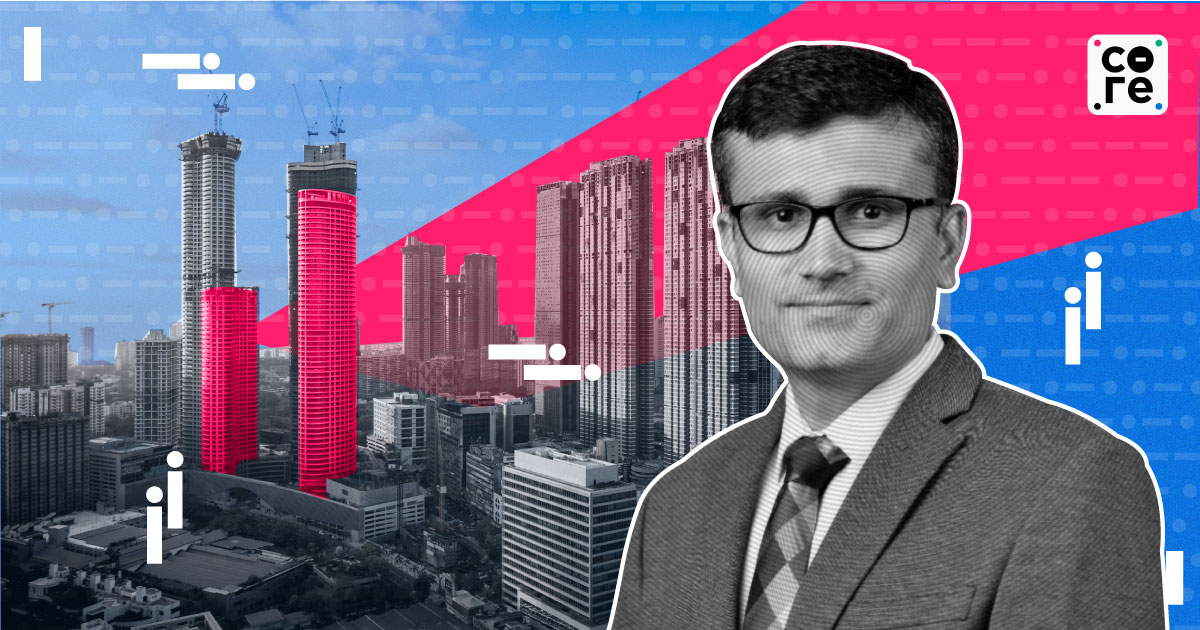
‘Nothing To Their Rescue': Why India's Lower Income Housing Segment Is Struggling
According to a recent report by Knight Frank India on how the Indian real estate market performed in the third quarter of 2023, homes in the mid segment saw a year-on-year rise of 14%, and the premium segment registered a remarkable 39% year-on-year growth in September

A single flat spanning over 9,500 square feet in Mumbai’s Malabar Hill was sold for Rs 130.24 crore recently. It was purchased by Asha Mukul Agarwal, a director at a capital market investment and trading firm. This wasn’t a one-off sale – there have been scores of such ultra-luxury housing deals this year. In July, Bollywood film producer Dinesh Vijan purchased a 7,800 sq ft luxury duplex in Mumbai’s tony Pali Hill for about Rs 103 crore. In March, industrialist JP Taparia, founder of contraceptive maker Famy Care, and family members bought a triplex in the same ultra-luxury redevelopment project in Mumbai worth Rs 369 crore.
Overall, this has been a great year for housing sales in the mid (Rs 50 lakh-Rs 1 crore) and the premium (over Rs 1 crore) segments in the country. According to a recent report by Knight Frank India on how the Indian real estate market performed in the third quarter of 2023, homes in the mid segment saw a year-on-year rise of 14%, and the premium segment registered a remarkable 39% year-on-year growth in September.
“Housing momentum in the country has gathered steam over the last three years after the pandemic,” Vivek Rathi, Director Research at Knight Frank India told The Core. “Initially, low property prices and multi-decade low mortgage rates were the key reasons,” he said, adding that over the last 15-16 months, housing loan rates and house prices have gone up significantly. Despite this, the sales momentum has continued.
According to the report, which looks at the leading eight residential markets in India, quarterly residential sales in the country are at a six year high. Q3 2023 (July – September 2023), saw a surge in demand with sales of 82,612 residential units recording a growth of 12% year-on-year.
Developers responded to this strong demand by increasingly launching new projects, with a 23% year-on-year growth in new residential units. This, even as prices have continued to rise.
While the uber rich in India have been buying luxury properties, those down the economic ladder haven’t been so lucky.
Data shows that the growth has not been uniform across segments, and the lower income segment is clearly straggling. In September, the affordable segment (less than Rs 50 lakh) saw a 10% year-on-year decline in sales. The underlying fabric of the market has altered significantly, with mid and premium segments performing better than the affordable segment, Knight Frank India said in its report.”
In contrast to the year 2018, the numbers stand out even more. Total sales achieved in the first nine months of the year stands at 239,252 units which represents a rise of 28% over 2018, the under Rs 50 lakh category saw decline of 26% in absolute terms over that achieved in 2018. With 74,069 units sold in this category between January – September 2023, it made up 31% of the total sales achieved. However, in the Rs 1 crore plus category, there was a rise of 157% over 2018, selling over 75,000 residential units in the first nine months of 2023.
Why?
This is the first time sales in the premium segment have overtaken sales in the affordable segment. Housing loan interest rates play a key role here. “With the increase in mortgage rates… the need for a higher down payment became a pressure point [in the affordable segment],” Rathi pointed out.
The first set of challenges for this segment was during the pandemic when incomes were hit, following which rising interest rates and property prices posed a further challenge, Rathi highlighted.
The rising interest rates have shrunk affordability by close to 15-16% across consumer segments, according to Rathi. “When it comes to a mid and premium segment consumer they have other resources to tap into, to fulfil the need for a higher contribution to fund their property purchase decision,” he said. “When it came to the lower segment, they did not have anything to their rescue.”
With the lowering demand, supply for affordable housing units has also dipped. “Presumably every producer or business developer will look to ensure all of the investments go into the direction where the demand activity is very strong,” said Rathi. With demand in the mid and premium segment growing significantly, investments have ramped up there.
What Now?
The struggling affordable segment is certainly a cause of concern, said Rathi. "I'm sure stakeholders including the government and the industry will take note of it," he added. But demand-side measures are needed first, followed by supply-side measures to lift the segment, he added.
“This decline in affordable housing segment is worrisome because it’s been the largest buying segment,” Shishir Baijal, Chairman and Managing Director of Knight Frank India said in a statement, adding that the segment is crucial for long-term industry growth. Prolonged slowdown in the segment could hurt the real estate sector in the long run, he added. “Therefore, stakeholders must reconsider strategies to revive the affordable segment and maintain its momentum,” he said.
According to a recent report by Knight Frank India on how the Indian real estate market performed in the third quarter of 2023, homes in the mid segment saw a year-on-year rise of 14%, and the premium segment registered a remarkable 39% year-on-year growth in September

